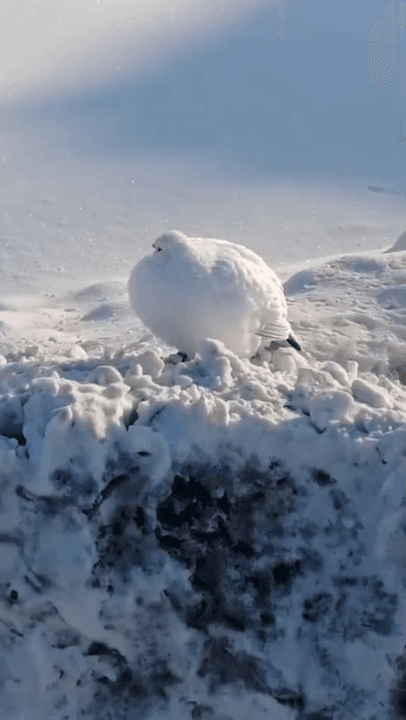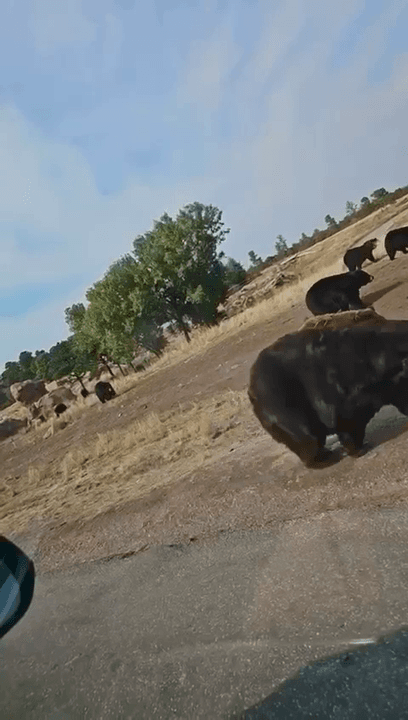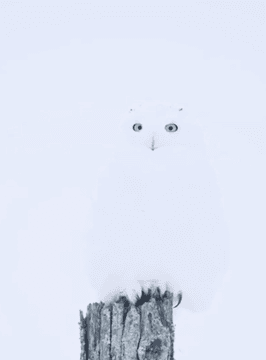
Hunting in the tundra. Kamchatka, 1981. Photographer: Viktor Zagumennov
Post: 24 November 00:30
Post: 3 September 09:29

Post: 24 November 00:30

Post: 11 November 09:11

Post: 4 November 09:40

Post: 17 October 11:22

Post: 30 May 18:33

Post: 15 August 17:33

Post: 19 August 09:35

Post: 12 May 12:24

Post: 4 January 20:29

Post: 15 May 12:07

Post: 13 May 12:31

Post: 16 May 12:28

Post: 9 May 16:59

Post: 23 May 11:23

Post: 19 May 15:00

Post: 14 August 14:30

Post: 30 July 13:38

Post: 3 June 14:39

Post: 20 May 14:08

Post: 20 May 13:58

Post: 16 May 05:59

Post: 12 May 21:15

Post: 14 August 16:03

Post: 14 August 12:43

Post: 14 August 11:36

Post: 31 July 14:15

Post: 31 July 09:08

Post: 13 June 14:01

Post: 13 June 10:56

Post: 8 June 21:01

Post: 31 May 07:16

Post: 27 May 12:51

Post: 21 May 12:36

Post: 16 May 12:35

Post: 15 May 11:36

Post: 23 February 13:51

Post: 4 January 21:28

Post: 16 December 09:21

Post: 5 August 09:08

Post: 1 December 10:16

Post: 1 July 12:24

Post: 20 May 21:43

Post: 15 May 15:55

Post: 14 May 21:45

Post: 26 May 19:41

Post: 23 May 11:28

Post: 4 September 06:11

Post: 9 October 11:30

Post: 25 August 07:32